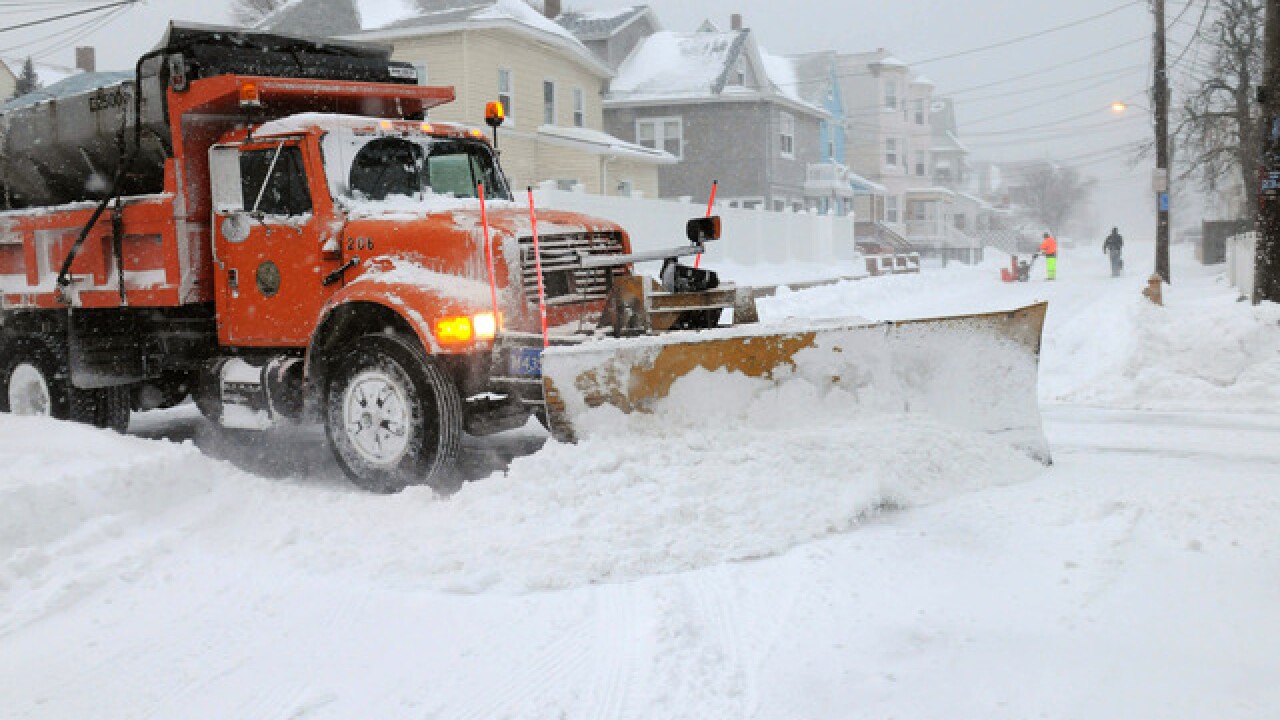All the snow that fell on Southeast Wisconsin over the weekend sent a lot of people outside to scatter salt across their driveways.
If you were one of them, odds are you used more salt than you needed to.
Allison Madison from Wisconsin Salt Wise says we know this because that salt is showing up in our water.
"Our lakes and our streams and even our ground water, which is drinking water for a lot of Wisconsinites, is getting salty," Madison said.
In Wisconsin, we lean heavily on salt to keep on moving through the frozen months.
The City of Milwaukee alone went through 35,182 tons last winter.
That's even counting what people use at home to break the ice.
Over the winter all that salt adds up and shows up in our water as chloride.
In the fall of 2019, chloride levels in Honey Creek in Wauwatosa were below 750 milligrams per liter, what's known as "acute toxicity."
But as January and February come around, chloride samples peaked at more than 4,200.
That's almost six times higher than what's considered "acutely toxic."
"When we have those warmer days, those snow melt days, we can get surges of salt -- sodium chloride -- into the water," Madison said. "It's either moving into the groundwater and then into streams, or going from sidewalks and streets into storm sewers directly into our surface water."
So what does all this salt do?
For starters, it harms the tiny creatures that eat algae.
This makes our lakes and streams more susceptible to big algae blooms come summer.
It also does a number on the fish, stunting their growth and reproduction.
Allison Madison says some salt is okay, but you don't need as much as you think.
"Ten ounces of salt, just like a cup of salt, is going to be enough for 10 sidewalk squares or 20 feet of driveway," she said.
She recommends a plastic shaker big enough for four to five applications.
And if you use too much and see extra salt on the pavement, sweep it up!
You can re-use it next time and keep it out of the water.




